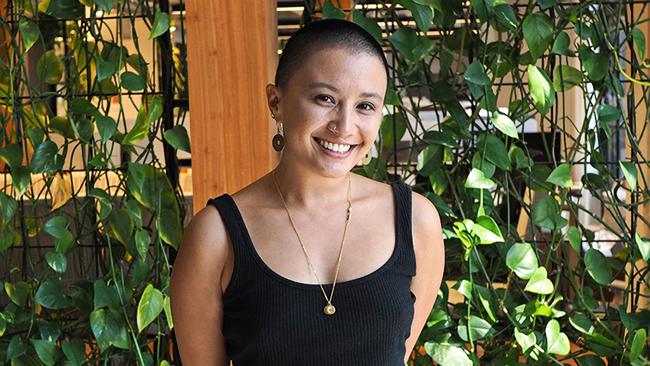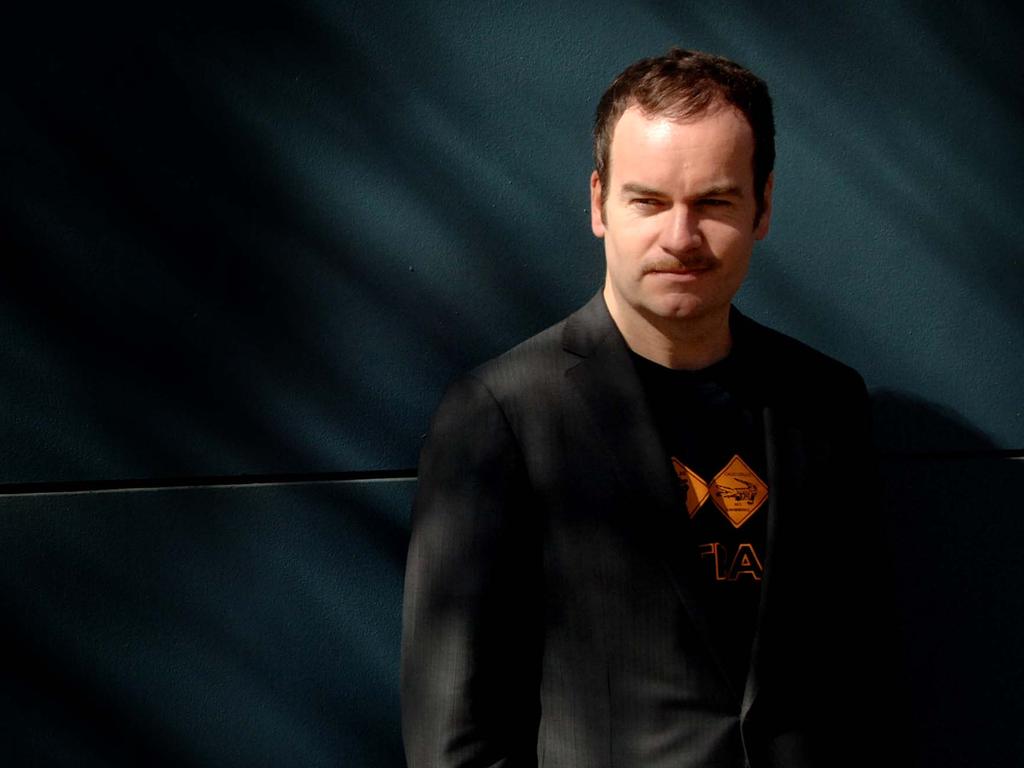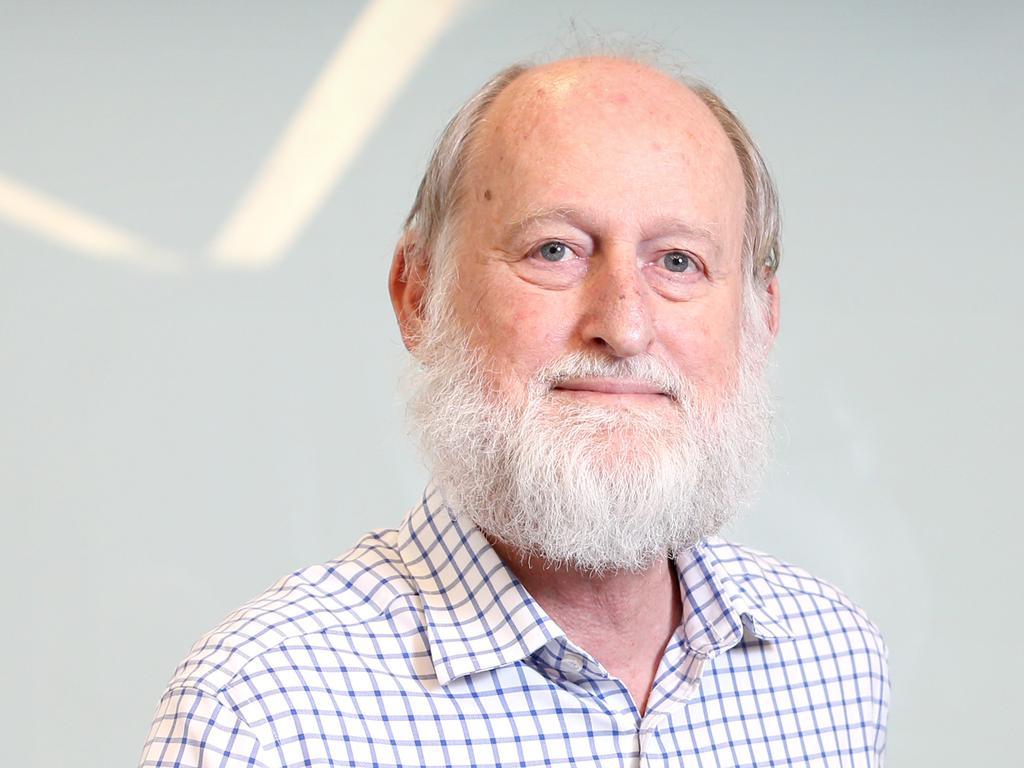
Given this company is in receipt of public funds, and produces materials to be used in Australian schools, it is worth examining its work and overarching philosophy, and whether it is compatible with the AHRC’s remit.
The first thing one notices about Hue’s website is that it does not limit itself to anti-racism. “Too often conversations about ‘Inclusion & Diversity’ are tokenistic and one dimensional,” the website reads. “The systemic nature of power & oppression is ignored, and there is no real investment in meaningful change.”
Clicking through to Hue’s online shop, one can find an Anti-Racism Policy template for $300, a NAIDOC Week participation leave policy for $300 and a Gender Affirmation Leave Policy template for $300.
If someone wants to go all out and purchase a Justice, Equity, Diversity & Inclusion Survey Licence and Support Package, they can expect to pay the handsome price of $4150.
These documents are to be used in the workplace as guides in dealing with employees who might be “gender diverse”, Indigenous or a person of colour. Like other forms of social justice activism, the primary concern is to influence social norms through the introduction of workplace policies, speech codes and other forms of bureaucratic oversight.
At first glance, one might wonder what gender affirmation has to do with racism. Why would a consulting agency dedicated to issues of race be in the business of transgenderism? It’s an important question because the answer sheds light on the all-encompassing nature of modern progressive activism.
Today’s activism is shaped by a philosophical worldview known as critical theory. Developed by post-WWII academics such as Theodor Adorno and Herbert Marcuse, critical theory is an analytical framework that aims to identify and dismantle systems of power. It takes Karl Marx’s critique of capitalism and extends it into other domains, including race, gender, sexuality, nationality and indigeneity. Systems of power that need to be dismantled include white supremacy, patriarchy, cis-heteronormativity, colonialism and capitalism.

This preoccupation with power is why social justice activism today comes in a package. The civil rights movements of the past focused on tangible results, such as making changes to legislation that would promote dignity and equality for all.
But since racial, gender and, later, marriage equality have become formally enshrined by law, the focus of activists has shifted from the concrete to the abstract, with the goal now being to “dismantle power”.
From the critical theory worldview, dismantling one system of power works towards dismantling other systems. This is why students carrying banners that read “Queers for Palestine” see no contradiction: it’s power that needs to be dismantled, not rights that need to be won.
This gets us back to the AHRC. The AHRC’s remit is not to dismantle power. It is a statutory body funded by the Australian government and is tasked with ensuring compliance with Australian law, namely the Racial Discrimination Act. As an instrument of power itself, any attempt to “dismantle power” would become self-contradictory. The clash of worldviews doesn’t stop there, however.
The Racial Discrimination Act of 1975 states: “It is unlawful for a person: (a) to refuse to allow another person access to or use of any place, by reason of the race, colour or national or ethnic origin of that other person or of any relative or associate of that other person.”
But a visit to Hue’s website, (which is linked to by the AHRC) suggests this rule has been superseded. Hue offers events and workshops for “people of colour only”. One event, titled “Power & Resilience (People of Colour only)” purportedly “creates a safe space for people of colour at your organisation to share, reflect, connect and learn without the impact of the white gaze … the session also explores strategies for coping and wellbeing under oppressive and racist systems”.
Yet the Racial Discrimination Act does not include carve-outs allowing certain groups of people to be exclusionary or racist towards other groups of people because they feel they are living under “systems of oppression”. The legislation itself is blind to race – it simply prohibits discrimination. It’s worthwhile asking: does Hue – and the AHRC more broadly – see itself as above the law?

Unlike the Racial Discrimination Act, the critical theory definition of racism is not colourblind. Any condemnation of racism is determined by the identity of the actors engaged in it, rather than by the racism itself. And this selective condemnation also applies to rape, torture and murder.
On Hue’s LinkedIn page, an article in reference to October 7 states: “Whiteness culture is … hyper-individual, emphasising harm that takes place on an individual level, and disguising the violent systems that give rise to that harm in the first place. This culture erases ongoing ‘israeli’ (sic) violence from our conversations and highlights and demonises the violence of resistance efforts and land defence.”
In the critical theory worldview “land defence” now outranks prohibitions against mass rape and mass murder. The mistaken notion that today’s social justice activists are passionate advocates of equality and dignity for all, rather than the carriers of a radically sectarian moral framework, has allowed establishment institutions such as the AHRC to be duped into giving them access and influence.
Activists with Tuet-Rosenberg’s worldview have effectively taken over institutions across corporate, non-profit and government sectors. Centre-leftists have no match for their zeal, and quickly find themselves defenestrated whenever there is conflict.
With companies such as Hue in receipt of public subsidy, the Australian taxpayer is now funding a revolution.
Claire Lehmann is founding editor of online magazine Quillette.







The Australian reported last month that Elsa Tuet-Rosenberg, one of the activists involved in the doxxing of 600 Australian Jewish creatives, has a contract with the Australian Human Rights Commission with her company, Hue.